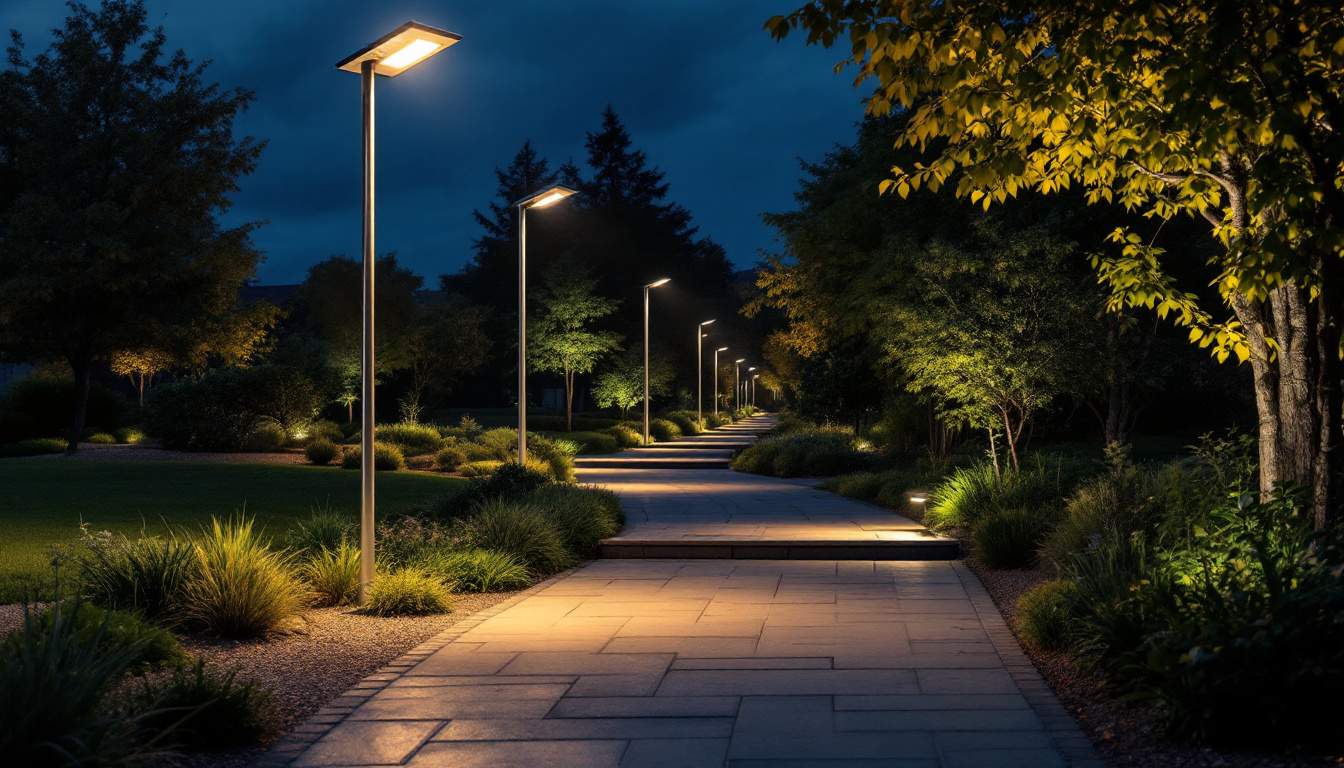
Lighting plays a crucial role in enhancing the ambiance of any space, and ceiling lights are often at the forefront of this design element. For lighting contractors, the task of installing and optimizing room ceiling lights can come with its own set of challenges. Understanding these challenges and developing strategies to overcome them is essential for delivering exceptional service and ensuring client satisfaction. This article delves into common obstacles faced by lighting contractors and offers practical solutions.
One of the most significant challenges lighting contractors face is the technical limitations of existing electrical systems. Older buildings may not have the capacity to support modern lighting fixtures, which can lead to complications during installation. This is particularly true for spaces that require high-wattage fixtures or specialized lighting solutions.
Moreover, the integration of smart lighting systems can further complicate matters. Many older wiring systems may not be compatible with the latest technology, necessitating upgrades or complete rewiring. This not only increases project costs but also extends timelines, which can be frustrating for both contractors and clients. Additionally, the challenge of retrofitting older structures often requires creative problem-solving and innovative design approaches to ensure that the aesthetic vision is preserved while meeting the technical demands of modern lighting solutions.
Furthermore, contractors may encounter unexpected issues during the installation process, such as hidden wiring or structural obstacles that complicate the integration of new fixtures. A thorough pre-installation assessment can help mitigate these risks, allowing contractors to devise effective strategies to address potential complications before they arise.
Another challenge is balancing functionality with aesthetics. Clients often have specific visions for their spaces, which may not align with practical lighting solutions. For instance, a client may desire a dramatic chandelier in a room that requires even, ambient lighting. Lighting contractors must navigate these expectations while ensuring that the final installation meets safety and functionality standards.
To address this, contractors should engage in thorough consultations with clients to understand their needs and preferences. Presenting a range of options that marry aesthetics with functionality can help bridge the gap between client expectations and practical realities. This may involve showcasing various lighting styles, such as pendant lights, wall sconces, or recessed fixtures, and discussing how each can enhance the overall design of the space while fulfilling the necessary lighting requirements.
Additionally, lighting contractors can utilize design software to create visual simulations of proposed lighting schemes. This not only aids in client decision-making but also allows for adjustments to be made before installation, minimizing the risk of dissatisfaction with the final outcome. By fostering a collaborative environment, contractors can ensure that the end result is both visually appealing and functionally sound.
Compliance with local building codes and regulations is another hurdle that lighting contractors must overcome. These regulations can vary significantly from one jurisdiction to another and may include specific requirements for energy efficiency, fixture types, and installation practices.
Staying updated on these regulations is essential for avoiding costly fines and ensuring that installations are safe and compliant. Contractors can benefit from regular training and workshops to keep abreast of changes in local laws and best practices in the industry. Furthermore, establishing relationships with local building inspectors can facilitate smoother project approvals and inspections, as contractors can gain insights into common compliance issues and best practices directly from the source.
Moreover, the growing emphasis on sustainability and energy efficiency in building codes means that contractors must also be knowledgeable about eco-friendly lighting options and energy-saving technologies. By incorporating these elements into their designs, contractors not only comply with regulations but also appeal to environmentally conscious clients who are looking to reduce their carbon footprint and utility costs.
Before beginning any project, conducting a comprehensive assessment of the space is crucial. This includes evaluating the existing electrical system, understanding the client’s needs, and considering any aesthetic requirements. A detailed assessment will help identify potential challenges early on, allowing contractors to devise effective solutions.
Utilizing advanced tools and software for lighting design can also aid in visualizing the final outcome. This not only helps in planning the installation process but also provides clients with a clearer understanding of what to expect, minimizing the chances of miscommunication. Furthermore, incorporating 3D modeling and simulation can enhance the assessment phase, allowing contractors to experiment with various lighting scenarios and configurations before implementation. This proactive approach can lead to more creative solutions and a better alignment of the project with the client’s vision.
The lighting industry is continually evolving, with new technologies and trends emerging regularly. Contractors should make it a priority to stay informed about the latest advancements in lighting solutions, including energy-efficient options and smart lighting systems. This knowledge can help contractors offer innovative solutions that meet both aesthetic and functional needs.
Attending industry trade shows, subscribing to relevant publications, and participating in online forums can provide valuable insights into emerging trends and technologies. By staying current, contractors can position themselves as knowledgeable experts in the field, enhancing their reputation and attracting more clients. Additionally, exploring sustainable lighting practices, such as the use of LED technology and solar-powered fixtures, can not only appeal to environmentally conscious clients but also contribute to long-term cost savings. Embracing these innovations can set a contractor apart in a competitive market, showcasing a commitment to quality and sustainability.
Effective communication is key to overcoming challenges in lighting projects. Building strong relationships with clients fosters trust and encourages open dialogue about their needs and concerns. Contractors should prioritize regular communication throughout the project, providing updates and seeking feedback at various stages.
Additionally, educating clients about the lighting process, including the benefits of different fixtures and technologies, can empower them to make informed decisions. This collaborative approach not only enhances client satisfaction but also minimizes the likelihood of misunderstandings and disputes. Hosting workshops or informational sessions can further strengthen these relationships, allowing clients to explore different lighting styles and functionalities in a hands-on environment. By creating opportunities for engagement and education, contractors can cultivate a loyal client base that values their expertise and seeks their services for future projects.
With the growing emphasis on sustainability, energy-efficient lighting solutions have become increasingly popular. LED fixtures, for instance, offer significant energy savings and longer lifespans compared to traditional incandescent bulbs. Lighting contractors should be well-versed in the benefits of these options and be prepared to recommend them to clients looking to reduce their energy consumption.
Moreover, incorporating smart lighting systems that allow for automated control can further enhance energy efficiency. These systems can adjust brightness based on occupancy or time of day, providing both convenience and sustainability.
Clients appreciate personalized solutions that cater to their specific needs and preferences. Lighting contractors can differentiate themselves by offering customizable options, such as adjustable fixtures or color-changing LED lights. This flexibility allows clients to create the desired atmosphere in their spaces while ensuring functionality.
Additionally, providing clients with the opportunity to participate in the design process can enhance their overall experience. By involving them in decisions about fixture styles, colors, and layouts, contractors can foster a sense of ownership and satisfaction with the final result.
The integration of smart technology into lighting design has revolutionized the industry. Smart lighting systems allow for remote control and automation, offering convenience and efficiency. Contractors should familiarize themselves with various smart lighting products and their installation requirements to provide clients with cutting-edge solutions.
Educating clients about the benefits of smart technology, such as energy savings and enhanced control over their lighting environment, can also encourage them to invest in these solutions. As the demand for smart home features continues to grow, lighting contractors who embrace this trend will likely find increased opportunities for business growth.
Efficiency in the installation process is crucial for meeting project deadlines and maintaining client satisfaction. Contractors should develop standardized procedures for common installation tasks, which can help streamline operations and reduce the likelihood of errors.
Utilizing project management software can also aid in tracking progress, managing schedules, and coordinating with team members. This technology can help ensure that projects stay on track and that any issues are addressed promptly.
Investing in ongoing training and development for team members is essential for maintaining high standards of workmanship. Regular training sessions can keep contractors informed about the latest installation techniques, safety practices, and industry standards.
Encouraging team members to pursue certifications or attend workshops can further enhance their skills and knowledge. A well-trained team is better equipped to handle challenges that may arise during installations, ultimately leading to improved outcomes for clients.
Safety should always be a top priority during lighting installations. Contractors must adhere to safety regulations and best practices to protect both their team and clients. This includes using appropriate personal protective equipment (PPE), ensuring proper ladder safety, and following electrical safety protocols.
Implementing regular safety training sessions can help reinforce the importance of safety among team members. A strong safety culture not only protects workers but also enhances the contractor’s reputation and instills confidence in clients.
Lighting contractors face a variety of challenges when it comes to room ceiling lights, from technical limitations to aesthetic considerations and regulatory compliance. However, by employing effective strategies such as thorough assessments, staying informed about industry trends, and building strong client relationships, these challenges can be effectively managed.
Embracing innovative lighting solutions, enhancing installation practices, and prioritizing safety will further contribute to successful project outcomes. By navigating the complexities of the lighting industry with expertise and professionalism, contractors can ensure client satisfaction and foster long-term success in their businesses.
Ready to tackle your next lighting project with confidence? At LumenWholesale, we support lighting contractors like you with exceptional, spec-grade lighting products at unbeatable wholesale prices. Say goodbye to local distributor markups and hello to our extensive selection that meets rigorous industry standards. With free shipping on bulk orders, you can trust that you’re getting the best value without any hidden costs. Elevate your lighting installations with the quality, affordability, and convenience that only LumenWholesale can offer. Take the first step towards brighter solutions and Wholesale Lighting at the Best Value today.

Discover how outdoor pole solar lights can transform your space by enhancing safety and efficiency in lighting installations.

Illuminate your projects with our expert advice on outside lamps tailored for lighting contractors.

Discover essential strategies for future-proofing your construction lighting projects with durable and adaptable string lights.

Discover the essential insights into restaurant lighting with answers to common questions from top lighting contractors.